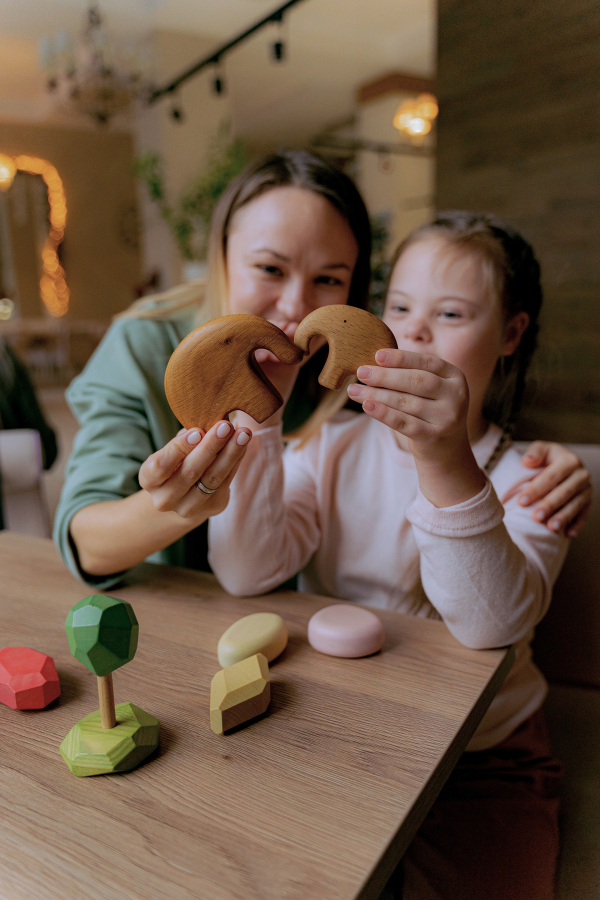
Engaging Special Needs Toys for Differently-Abled Children
Summary
Finding the right toys for differently abled children is about understanding their unique play needs and providing opportunities for sensory engagement, skill development, and connection. This article guides busy moms, especially those in design fields, on selecting toys that foster creativity, independence, and joy. From sensory and motor skills to social development and accessibility, the right toys can support growth while aligning with a child’s individual abilities and preferences. Play is a journey—focus on meaningful moments rather than perfection.
Reflection Questions
- How does your child interact with the toys they currently have, and what moments of joy or comfort do you notice during their play?
- Are there any principles from your design background that you could apply to create or adapt toys that suit your child’s developmental needs better?
- How can you involve your child more in the process of choosing toys that support their creativity and communication skills?
Journal Prompt
Reflect on a recent play session with your child. How did they engage with the toys, and what did you learn about their preferences and developmental needs? Think about how you can use your creativity to further support their play journey and write about any small wins or discoveries that made you feel connected.
As a mom to a differently abled child, you might find yourself constantly seeking ways to support their growth and development. Play is such an essential tool for learning, connection, and joy. It isn’t just about keeping children occupied; it’s a way for them to explore the world, develop skills, and express themselves in ways that words can’t always capture. But let’s face it—choosing the right toys for children with special needs can feel overwhelming. The good news is that with a bit of research, you can find toys that not only delight but also engage their senses, encourage independence, develop communication skills, and support their unique way of seeing the world. This article will guide you through finding those special toys that bring fun, growth, and connection—making playtime a source of joy for your child.
Understanding the Unique Play Needs of Differently Abled Children
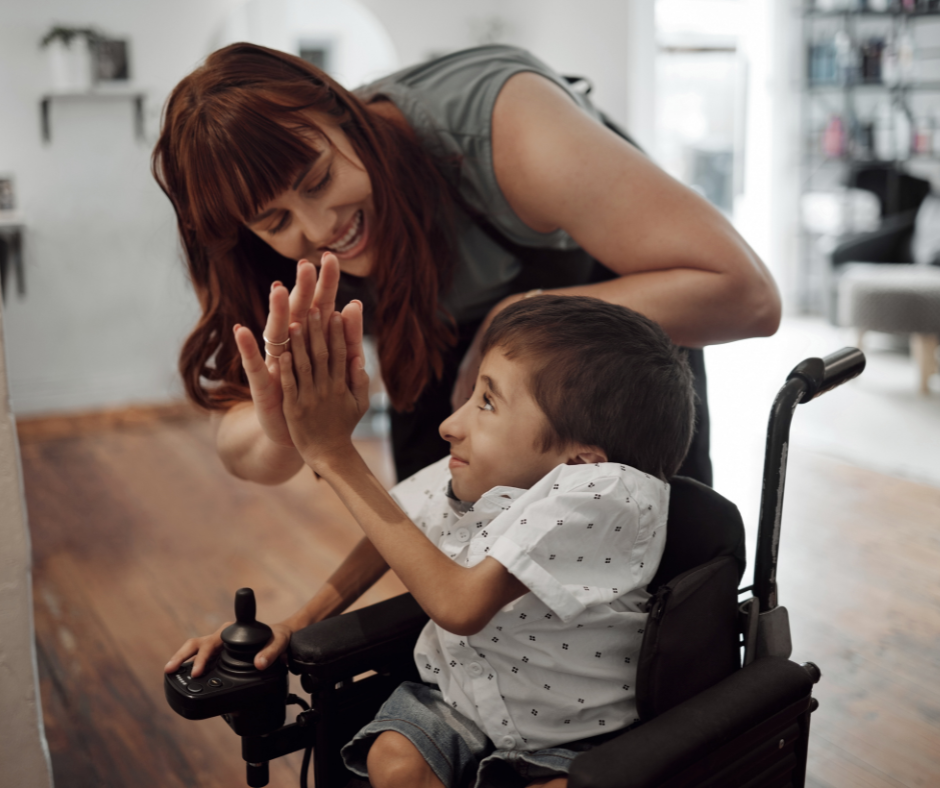
When it comes to choosing toys for differently abled children, empathy is your superpower. Each child experiences and interacts with the world in their own way, so it’s important to see play through their eyes.
What feels comforting? What sparks curiosity? And what provides that moment of pure joy? Toys that work for one child may not resonate with another, so understanding your child’s individual needs and preferences is key. Whether your child finds comfort in a simple sensory ball or gets engrossed in a set of magnetic blocks, it’s about finding those moments of connection and happiness that make playtime special and meaningful for them.
Here’s What Makes a Toy ‘Special Needs Friendly’
Selecting toys for children with special needs is about more than just finding something entertaining; it’s about supporting development in a way that aligns with their abilities and interests. A special needs-friendly toy is adaptable—offering opportunities for open-ended play that grows with the child. You should also consider sensory stimulation, whether that’s tactile feedback, visual appeal, or auditory engagement.
Also, keep their developmental stage (and your developmental goals) in mind; a toy that meets them where they are now while offering a bit of a challenge is ideal. And don’t forget durability—these toys should withstand the test of time (and love). When you approach toy selection with these principles, you’re not just choosing an object; you’re choosing an experience that empowers your child to play, explore, and learn on their own terms in a fun way.
How to Choose the Perfect Toys for Your Kids
Step 1: Observe and Listen
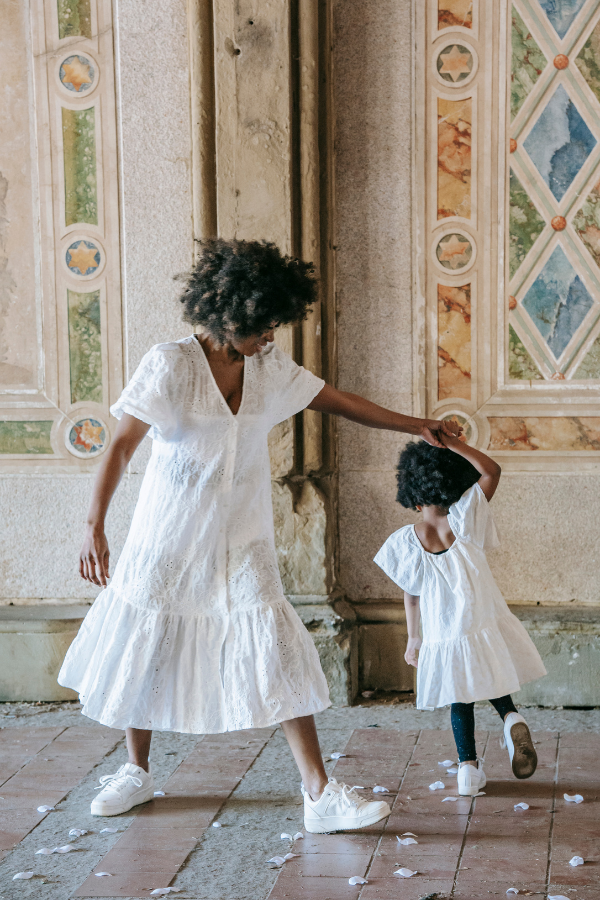
One of the most effective ways to find toys that engage and support differently-abled children is to become a keen observer of how they interact with their environment. Watch what sparks their joy, what movements or activities soothe them, and where they encounter frustration.
By observing their play patterns and listening to what they gravitate toward, you gain insight into the kinds of toys that will both excite and comfort them. This helps you make thoughtful selections that support their growth and happiness, turning play into a space where they feel seen and understood.
Step 2: Prioritize Adaptability & Versatility
When choosing toys for differently abled children, look for those that offer adaptability and versatility—think building blocks that can be stacked, knocked down, or turned into mini-worlds, or art sets that encourage a variety of creative uses. The beauty of these toys is that they grow with your child; as their skills and interests evolve, so does the play.
Adaptable toys provide endless opportunities for imagination and learning, fostering independence and allowing children to explore at their own pace. They don’t need to be used in one “right” way, giving your child the freedom to find what works for them, making each play session a new adventure.
Step 3: Consider Sensory & Motor Skills Development
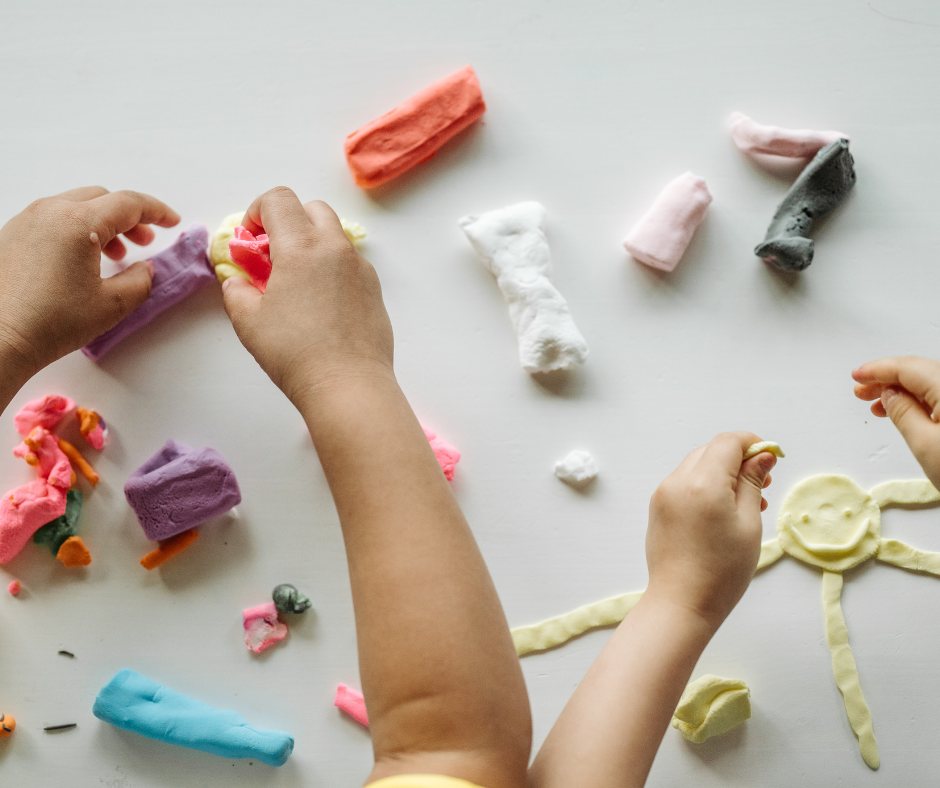
Sensory-friendly toys, like textured balls, water play kits, or even fidget spinners, offer more than just fun—they help children explore their senses and develop motor skills. For a child with sensory processing needs, toys that provide different textures, sounds, and movements can be both calming and stimulating.
They encourage touch, movement, and exploration, helping to build tactile awareness, hand-eye coordination, and fine motor skills. Toys that promote gross motor play, like balancing boards or scooters, can support physical development, strengthen the vestibular system, and boost confidence through movement and exercise.
Step 4: Promote Social & Emotional Connection
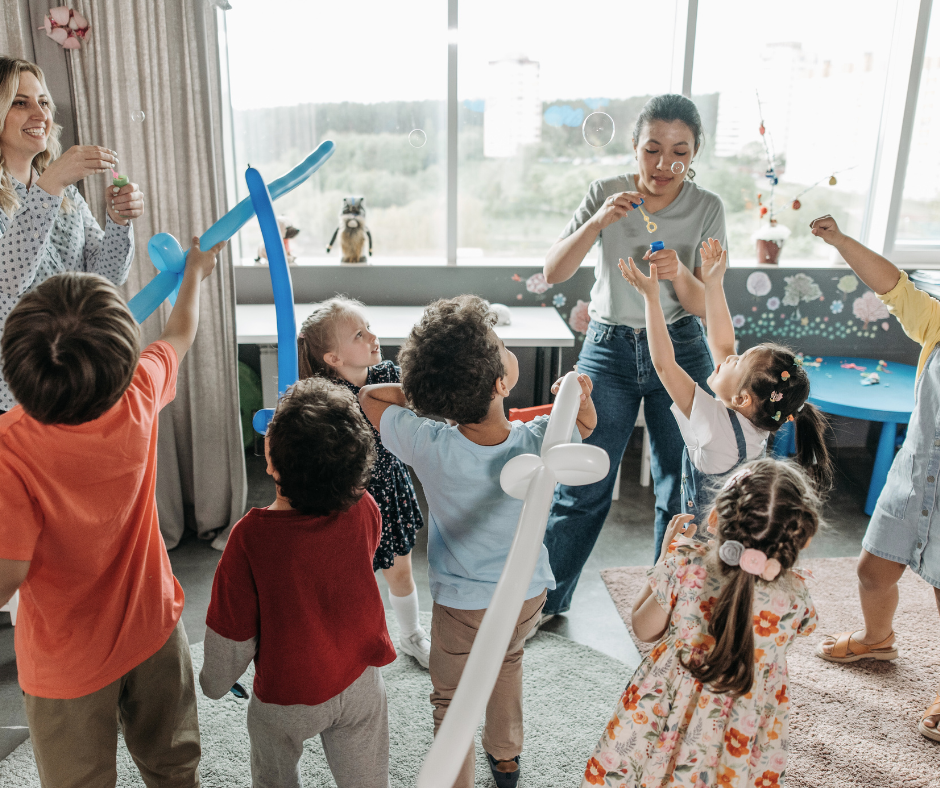
Play is also an opportunity to connect with others and explore emotions. Toys that promote social interactions, such as dolls for role-playing or board games that encourage turn-taking, are wonderful tools for helping children build emotional intelligence, thinking skills, and communication skills.
By acting out scenarios, children can learn to navigate social cues, practice empathy, and develop storytelling abilities. These kinds of toys can help foster shared experiences, bonding with siblings or friends, and allow children to practice critical social skills in a playful, low-pressure environment.
Step 5: Pick Toys Designed for Accessibility
Accessibility in toys is all about meeting the child where they are. This means considering toys that are easy to grip, manipulate, and understand, even for children who may have physical or cognitive challenges. Large buttons, textured handles, and intuitive designs make play possible for more children, fostering independence and confidence.
Toys designed with simplicity and accessibility in mind can support different abilities, allowing every child to engage fully in play, no matter their level of physical or mental dexterity. Thoughtful design makes all the difference, turning playtime into an inclusive experience that respects and celebrates each child’s unique way of engaging with the world.
Step 6: Letting Kids in On the Selection Process

Empower your child by making them part of the decision-making process. Whether browsing toys in a store or looking online together, let them choose what interests them whenever possible. Giving children a voice in selecting their toys fosters a sense of independence and allows them to explore play in ways that feel natural to them.
Choice matters, especially for children who may face challenges in other aspects of their lives—it’s an opportunity for them to express their preferences and find toys that resonate with their unique personalities and abilities.
Step 7: Start Simple & Grow from There
When building a toy collection for a differently abled child, simplicity is often your best friend. Adults should start with one or two foundational toys that have open-ended potential—think building blocks, art supplies, or sensory balls.
Observe how your child uses them, and gradually add to the collection based on what sparks their curiosity and creativity. There’s beauty in simplicity; toys that aren’t overly complex encourage a child’s imagination to run wild and allow them to explore multiple ways to play, making them more versatile and engaging over time.
Popular, Award-Winning Toys for Children with Special Needs
Sensory Toys

For children who seek oral stimulation as a way to explore their environment or self-soothe, you might consider Chewbeads. These chewable necklaces or bracelets are designed to provide comfort through oral sensory input, helping children calm and focus. Chewbeads are made from non-toxic, BPA-free silicone, ensuring they’re safe for oral use. They’re also great for teething! However, make sure they’re used under supervision to prevent excessive chewing or biting, which could cause wear over time.
Another fantastic option for sensory seekers is the Bilibo by Moluk, a simple yet innovative toy made in a wide array of colors that invites open-ended play. Kids can sit in it, spin, or use it as a tunnel, making it a great choice for children who enjoy movement. And for those who love to get hands-on, Playfoam by Educational Insights is a non-toxic, moldable foam that doesn’t dry out. Its squishy texture offers tactile sensory input, encouraging creativity and developing fine motor skills.
Toys for Fine Motor Skill Development
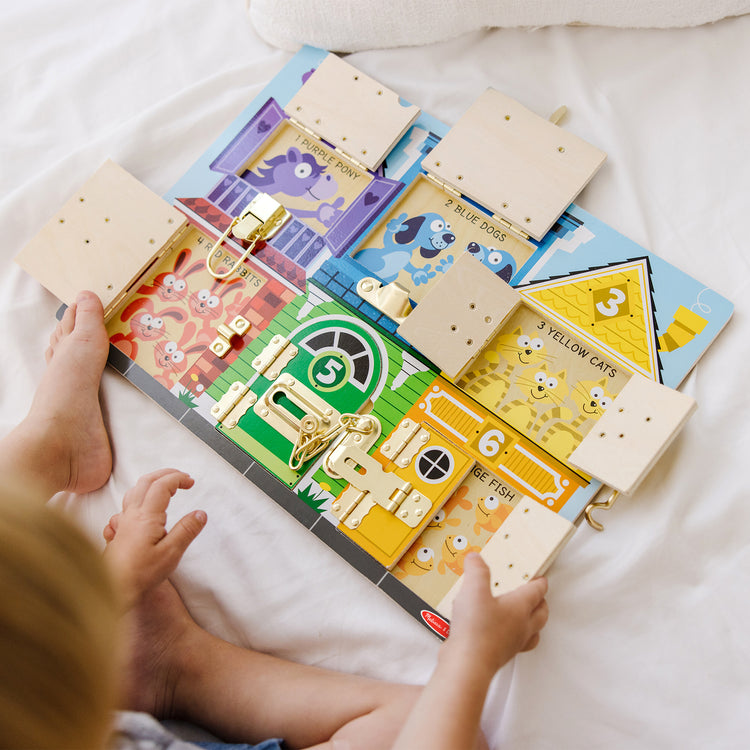
Toys that enhance fine motor skills help children build the coordination needed for tasks like writing, buttoning, and zipping. Fat Brain Toys’ “SpinAgain” is a colorful, spinning stacker that keeps little hands busy, with discs sliding down a corkscrew pole to promote hand-eye coordination.
For problem-solving and precision, the Melissa & Doug Latches Board is a classic. Each latch and lock provide a different challenge, helping children build fine motor skills and critical thinking as they open doors and compartments.
Toys for Gross Motor Skill Development

Encouraging movement and balance is key for children developing gross motor skills, and toys like Gonge Riverstones offer a fun way to step, hop, and balance. These durable, textured stepping stones help improve coordination and spatial awareness, inviting active play.

A more immersive option is the Body Sock by Fun and Function, a stretchy fabric body suit that provides deep pressure and resistance. Children can move, stretch, and roll around inside, supporting both gross motor skill development and sensory regulation.
Toys for Social & Emotional Development

Understanding emotions and building social connections are crucial for every child. Feelings Flashcards by Bright Spots Games use simple illustrations to help kids identify and talk about their emotions, supporting emotional awareness and language skills.
For a playful approach to social development, ThinkFun’s “Roll & Play” Game is a gentle and engaging way to introduce turn-taking, color recognition, and simple actions like dancing or animal sounds—promoting interaction and fun family bonding.
Fuel your creative fire & be a part of a supportive community that values how you love to live.
subscribe to our newsletter
*please check your Spam folder for the latest DesignDash Magazine issue immediately after subscription

Toys for Communication & Language Development

Building communication skills can start with recognizing categories, vocabulary, and preferences. Learning Resources “Rainbow Sorting Crayons” are oversized crayon-shaped containers filled with colorful shapes that kids can sort, match, and talk about.
For children who are non-verbal or need extra support in communication, augmentative devices like GoTalk and the GoTalk Now app offer customizable recorded messages. These devices provide opportunities for children to communicate their needs and thoughts, fostering independence and social interaction.
GoTalk Now App

Though not a toy, the GoTalk Now App is still on our list for children with special needs. It is developed by Attainment Company, known for its range of products aimed at helping individuals with communication difficulties.
The app allows users to create personalized communication boards, which can include a variety of symbols, pictures, and text. Users can easily organize their boards to suit the needs of the individual, whether for simple needs or more complex conversations. This flexibility helps to provide tailored communication solutions for each user’s unique requirements.
Read this review by Hannah Knepper for more information about the app.
Toys for Open-Ended & Imaginative Play

Creativity blossoms when play has no set boundaries, and Tegu Magnetic Blocks are perfect for this. These wooden, magnetic blocks snap together to form whatever a child’s imagination can create—be it buildings, animals, or abstract sculptures. For storytelling enthusiasts, Rory’s Story Cubes are a simple but effective way to spark creativity. Rolling the dice reveals images that can be woven into endless stories, promoting language development, problem-solving, and imaginative play.
Toys for Calming & Self-Regulation

Toys that provide calming sensory input can be game-changers for children with sensory processing needs. Weighted Plush Animals offer the comforting sensation of deep pressure, much like a gentle hug, helping children self-soothe and regulate their emotions.
For visual sensory seekers, Bubble Tubes or Lava Lamps are mesmerizing tools. The movement and color changes can be incredibly soothing, providing a quiet moment of focus for children who need help calming down or transitioning between activities.
Design Thinking & Special Needs: Use Your Unique Skills to Support Your Child
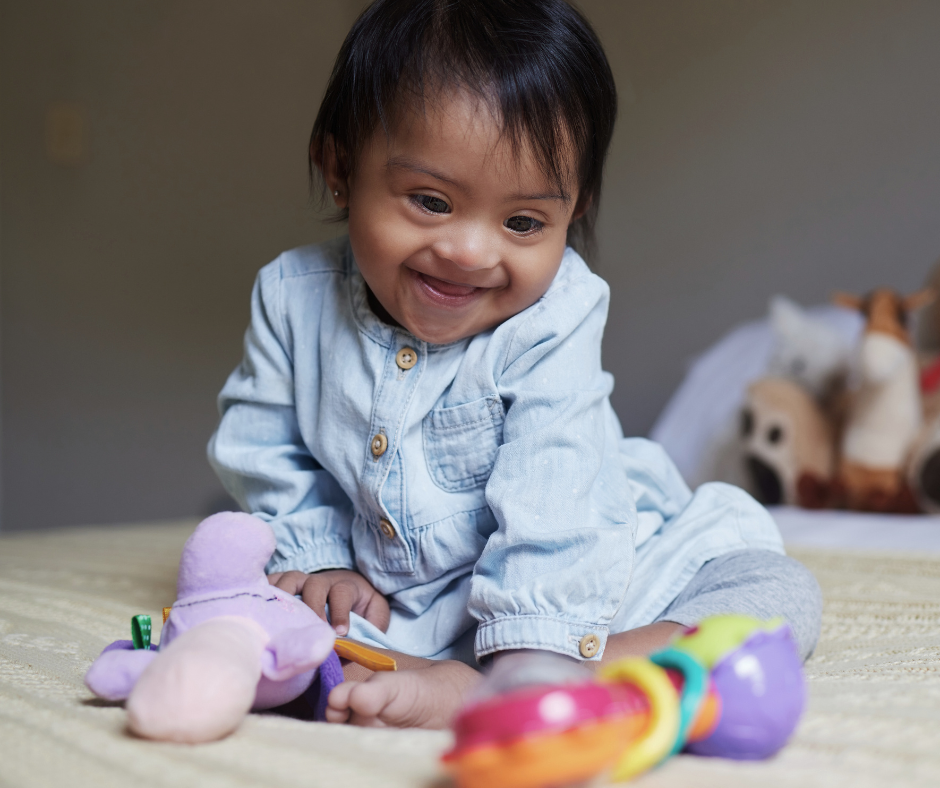
As a mom in the design world, you’re already an expert at considering form, function, and flow, whether you’re working on a space, a structure, or a community layout. These same principles apply when selecting toys for a differently abled child.
Think of toys as tools that fit into the “space” of your child’s playtime—consider how they function for their needs, how they invite interaction, and how they fit into your home environment seamlessly. Just as you’d design a room with both beauty and practicality in mind, toys should be thoughtfully chosen to engage your child’s senses, encourage growth, and integrate naturally into their daily rhythms, making play not only enriching but also accessible and harmonious.
The perfect toy might not yet exist for your child and others like them; maybe it’s time to create that toy yourself!
Encourage Creativity & Flexibility
Creative professionals are inherently problem-solvers, and that skill is invaluable when finding the right play solutions for your child. Use your eye for detail and knack for thinking outside the box to create or adapt toys that match your child’s specific developmental and sensory needs. Remember: these toys don’t have to cost an arm and a leg.
Flexibility is key; a set of fabric swatches might become a sensory board, or a repurposed kitchen stool can serve as a balance tool. Just as you approach a design project with an open mind and a desire to tailor solutions to unique needs, bringing that same mindset to play helps you craft experiences that not only delight your child but also support their development in an individualized, meaningful way.
Final Thoughts: Play is Important in Everyone’s Life
In the end, play is a journey, not a destination. It’s not about finding the perfect toy or having the most elaborate playroom; it’s about celebrating those small moments of connection, laughter, and discovery. Each time you see your child light up with excitement or explore a toy in a new way, those are the wins that matter.
As busy moms balancing careers, family, and personal passions, it’s easy to get caught up in finding the “right” things—but remember that play, at its core, is about fostering joy, creativity, and growth. Every child’s journey is unique, and your love, attention, and creativity are what truly guide them along the way. So, trust yourself, embrace the process, and know that your thoughtful approach to play and design will help your child learn, connect, and thrive.
If you enjoyed this article, you might like…
- What is Generation-Skipping, and How Might it Affect Sandwich Generation Parents?
- Unique Baby Names Inspired by Incredible Women from History
- Here’s When to Start Applying for Preschool
- Full STEAM Ahead: Empowering Subscription Boxes for Girls
- Non-Toxic and Low-VOC Paints for Family Living Spaces
- A Scary Amount of Screen Time: How to Get Kids to Do a Digital Detox
- From Permissive to Authoritarian: Four Types of Parenting Styles
- 25 Techniques to Banish Back-to-School Bugs Before You Catch Them!
- Building Community: How to Be a Good Neighbor in a Disconnected World








